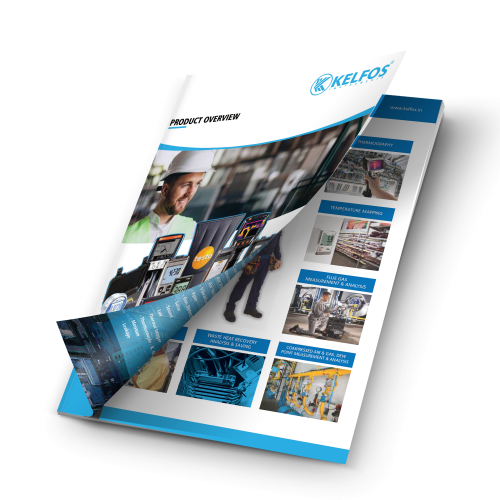Flow

Vane anemometer
For flow measurements at air outlets and in ventilation ducts as well as for checking the supply and exhaust air at ventilation grills, plate outlets and swirl outlets.

Thermal anemometer
For flow measurements in ventilation ducts as well as for checking the exhaust air at ventilation grilles, plate outlets and laboratory fume cupboards.

Differential pressure
Differential pressure measurement is a widely used method for determining volume flow, especially in HVAC systems equipped with larger swirl outlets.

Manifold
The Manifold is an essential tool designed for precise differential pressure measurements, making it ideal for applications such as monitoring pressure drops.

Efficient flow measurement
Create process transparency. Lower energy consumption. Save resources.
- Volumetric flow, velocity, and temperature measurement for hygienic and industrial applications
- Particularly precise and stable measurements for increased efficiency and resource savings
- For media in closed systems
- All standard process connections

Flow measurement – this is where it is particularly important
A detailed look at the fields of application is helpful when it comes to deciding which flow meter is suitable. They are particularly frequently used for duct measurement. Here they are used to enable airspeed to be controlled in the duct. The ventilation duct is one of the most important core elements of air conditioning and ventilation systems. The use of meters is also a solution to enable the function to be controlled in this area.
However, it is not only air conditioning systems that need to be efficient. This aspect should not be underestimated when it comes to duct outlets either. Outlet measurement is therefore another factor which needs to be taken into account in terms of measurement. The anemometer can be a particularly great help in this respect. Even small changes in volume flow can affect the system.
The influence of airspeed on the ambient conditions in different rooms is underestimated. The comfort level that a person experiences in a room is heavily dependent on the environment. Temperature and humidity, as well as airspeed, have an influence on this. A thermal anemometer is particularly frequently used in these areas.
Need a Consultation? Contact Us 24/7
Innovative Test & Measurement Solutions for Market Leadership




